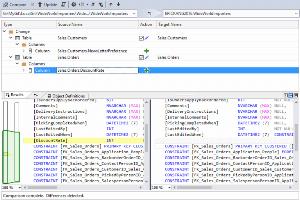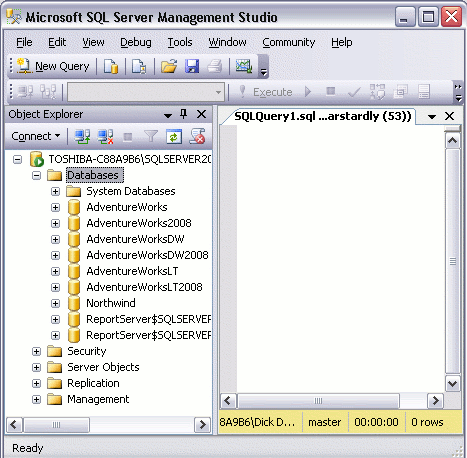

User Interface and Visual Tools: SSMS provides a comprehensive GUI with visual designers for creating and modifying database objects, while SQL Server is primarily accessed through command-line interfaces or APIs.Įxtensibility and Integration: SQL Server integrates with development tools and programming languages, while SSMS offers integration with SQL Server Reporting Services (SSRS) for reporting capabilities. It also provides a script editor for creating and executing scripts against the database. SSMS offers a visual query editor that allows users to write and execute SQL queries with syntax highlighting and IntelliSense. It supports complex queries, joins, subqueries, and various SQL extensions.

Querying and Scripting: SQL Server provides a command-line interface and a powerful SQL language for querying and manipulating data. It offers a range of tools for database administration, querying, scripting, and performance monitoring.ĭatabase Management: SQL Server handles database creation, modification, querying, and transaction management, while SSMS provides a user-friendly interface for tasks like database administration, user management, and performance monitoring. On the other hand, SQL Server Management Studio (SSMS) is a graphical user interface (GUI) tool designed specifically for managing and administering SQL Server instances. Microsoft SQL Server and Microsoft SQL Server Management Studio (SSMS) are key components of the SQL Server ecosystem, with the following differences:įunctionality: Microsoft SQL Server is a relational database management system (RDBMS) that handles data storage, retrieval, and management using the SQL language. Microsoft SQL Server vs Microsoft SQL Server Management Studio: What are the differences?


 0 kommentar(er)
0 kommentar(er)
